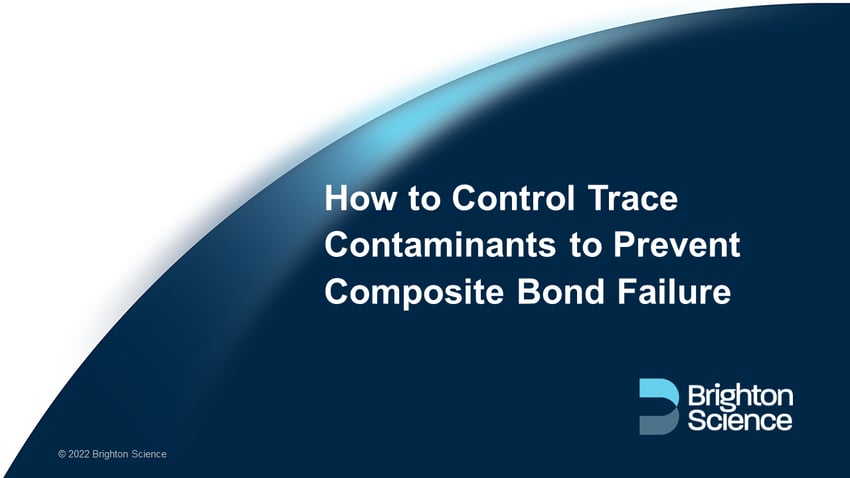Trace contaminants like oils, mold release agents, and residues are a leading cause of adhesive and composite bond failure. Even tiny amounts can weaken surface adhesion, causing rework, scrap, and costly warranty claims. Proper surface preparation and contamination control are critical for consistent bonding, as discussed in our webinar.
The Silicone Challenge
Silicones—common in lubricants, sealants, and release agents—are especially tricky:
- Invisible due to low surface energy
- Hard to remove completely
- Can migrate, causing unexpected contamination
Even trace silicone can significantly reduce adhesion and cause bond failures.
Silicone Detection Protocol
Brighton Science’s Silicone Detection Protocol, part of BConnect’s Process Monitor, helps manufacturers:- Detect silicone contamination in real time
- Differentiate silicone from other residues
- Integrate detection into quality control workflows
Early detection prevents failures, reduces scrap, and ensures surface readiness.
Benefits for Production Lines
- Validate surfaces before bonding
- Reduce rework and maintain consistent quality
- Applicable to automotive, aerospace, medical, and electronics production
- Generate traceable data for compliance and QA
Contamination control is more than cleaning—it’s detection, monitoring, and prevention. Combining these tools with the Silicone Detection Protocol helps manufacturers protect critical bonds and improve long-term reliability.
Rethink your adhesion manufacturing processes with Surface Intelligence.

